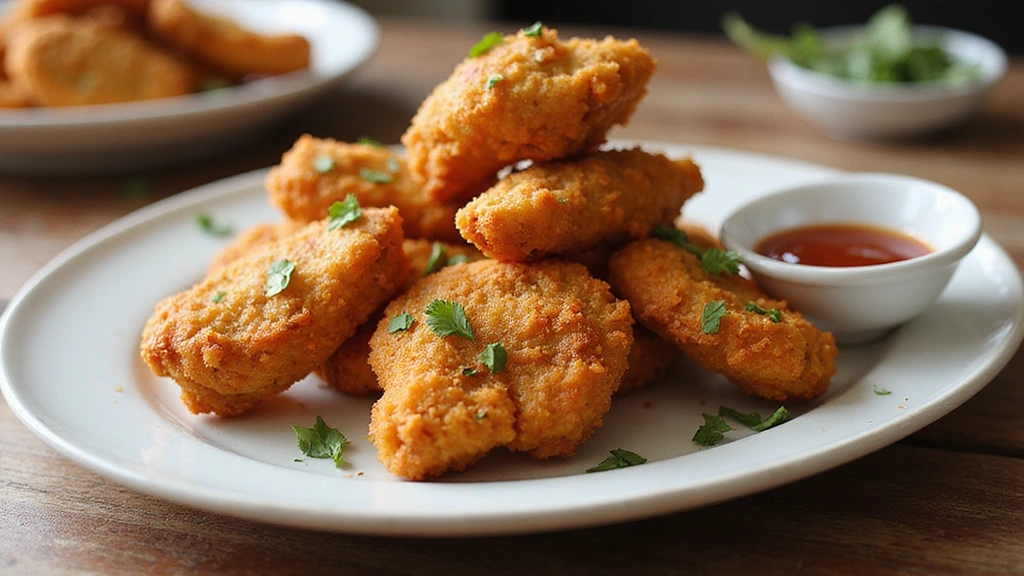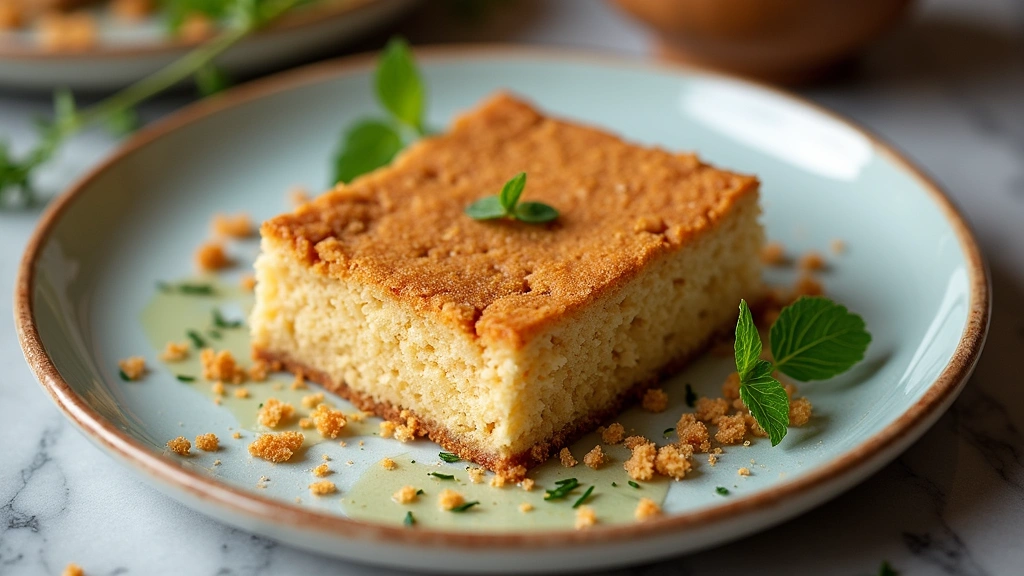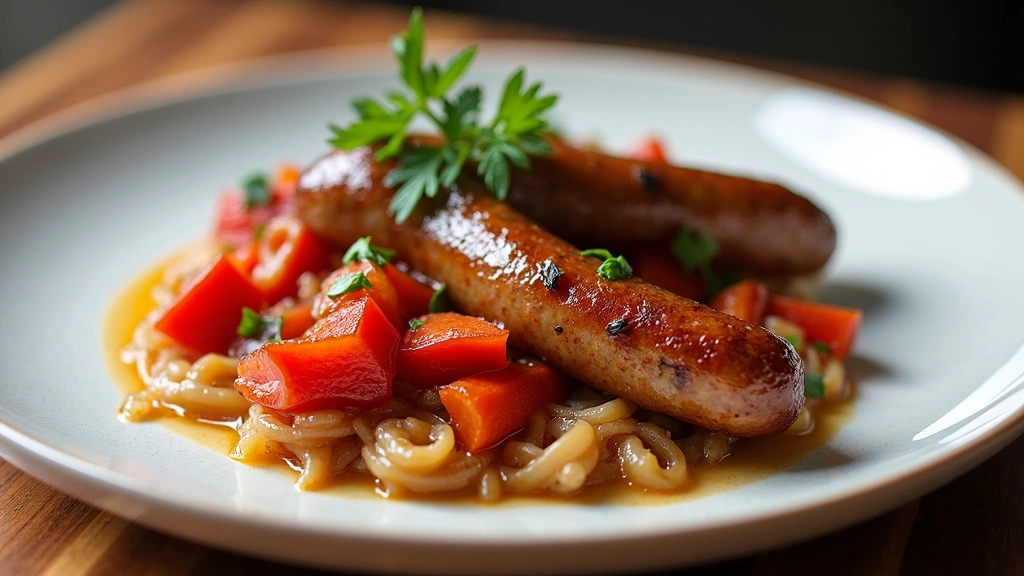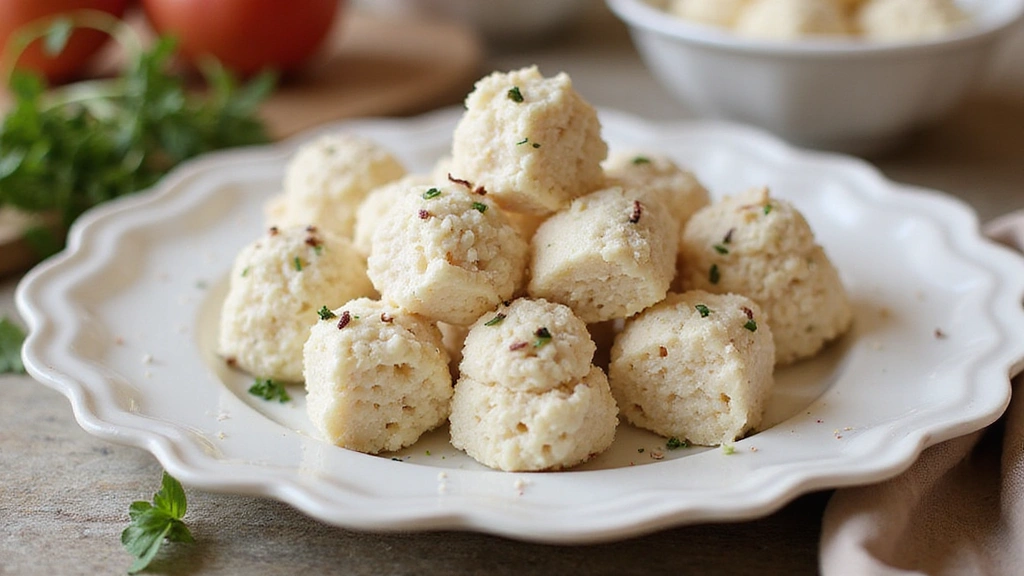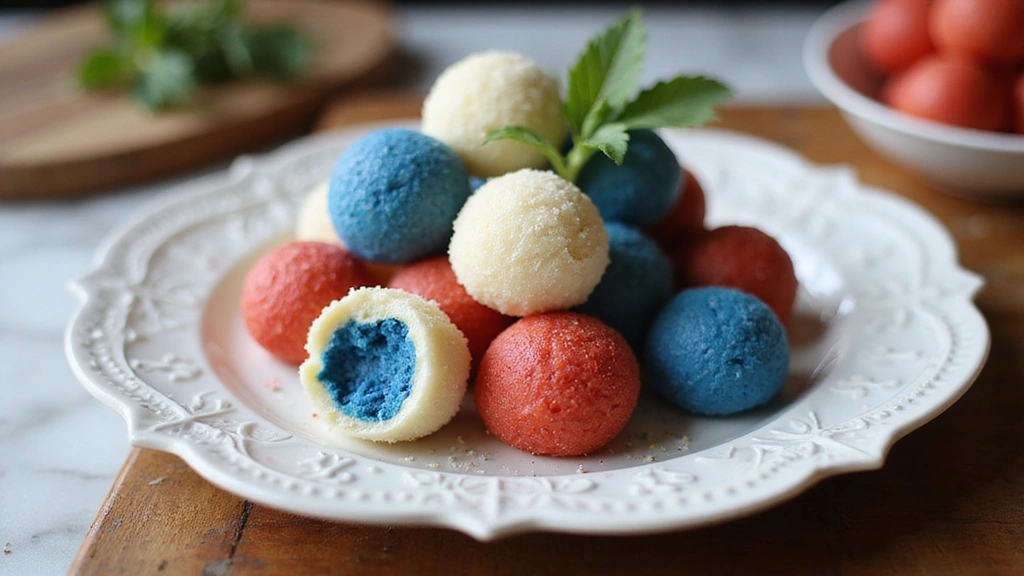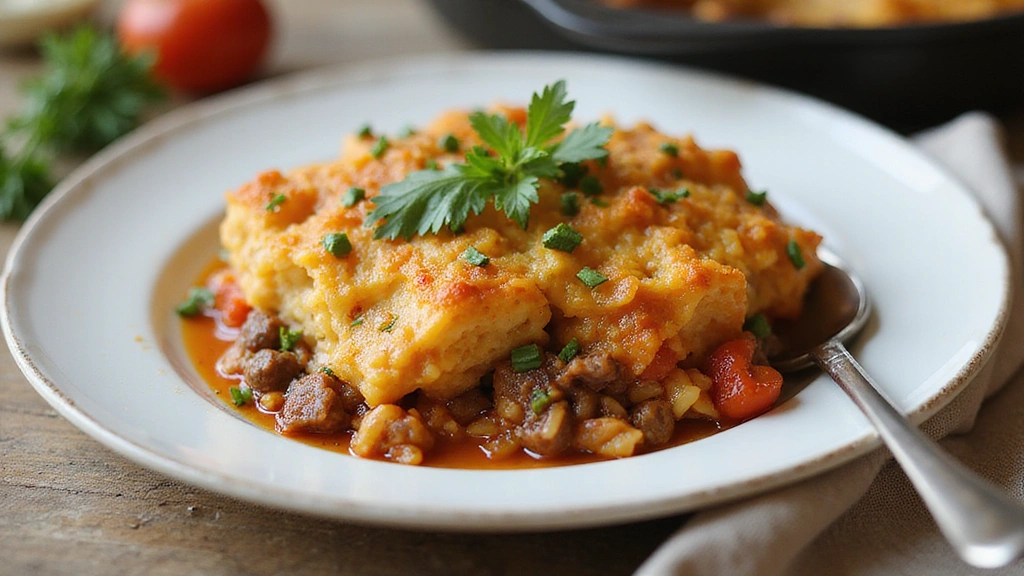There’s something undeniably crave-worthy about Raising Cane’s Chicken Fingers that keeps fans coming back for more.
The crispy, golden exterior and tender, juicy interior create the perfect bite every time.
These chicken fingers are loved for their simplicity and quality, relying on just a few key ingredients.
I was inspired to recreate this iconic dish at home, capturing the essence of fast-food perfection in my own kitchen.
Whether you’re a long-time fan or new to Raising Cane’s, this recipe promises to deliver those familiar, beloved flavors.
Get ready to experience the joy of these famous chicken fingers right at your dining table.
Contents
- The History and Cultural Significance
- Recipe Overview
- Nutritional Information (per serving)
- Essential Equipment Guide
- Ingredients
- Preparation Methods
- Step 1: Prepare the Marinade
- Step 2: Mix the Breading
- Step 3: Dredge the Chicken
- Step 4: Heat the Oil
- Step 5: Fry the Chicken
- Step 6: Check Doneness
- Step 7: Serve Hot
- Critical Timing and Temperature Guide
- Pro Tips for Copycat Perfection: How
- Troubleshooting Common Issues
- Variations and Regional Differences
- Food Science Behind the Recipe
- Frequently Asked Questions
- Serving and Presentation Guide
The History and Cultural Significance
• Copycat Perfection: How traces its origins to Baton Rouge, Louisiana, where it was originally created by Todd Graves and Craig Silvey in 1996.
• The dish evolved over decades as it gained popularity, eventually becoming the beloved version we know today with its unique marinade and frying technique.
• In Louisiana, this dish traditionally appears at casual gatherings and tailgate parties, symbolizing comfort and community.
• While many variations exist across different regions, the authentic version maintains a simple, high-quality chicken finger that sets it apart from imitations.
Recipe Overview
Nutritional Information (per serving)
Essential Equipment Guide
Deep Fryer: A deep fryer is crucial for achieving the perfect crispiness that defines Raising Cane’s Chicken Fingers. An alternative is a heavy-bottomed pot with a thermometer to maintain consistent oil temperature.
Meat Tenderizer: This tool ensures the chicken is evenly tenderized for a uniform cook. A rolling pin or the back of a skillet can work in a pinch, but a tenderizer with a flat surface is ideal.
Wire Rack: Using a wire rack allows excess oil to drip off the chicken fingers, keeping them crispy. If unavailable, paper towels on a plate can substitute, but they may result in slightly less crispiness.
Ingredients
For the Chicken
|
| Amount | Ingredient | Notes |
|---|---|---|
| 1 pound | chicken tenders | trimmed of excess fat |
| 1 cup | buttermilk | for marinating, tenderizes the chicken |
| 1 tablespoon | salt | enhances flavor |
For the Breading
| Amount | Ingredient | Notes |
|---|---|---|
| 1 cup | all-purpose flour | for coating |
| 1 teaspoon | paprika | adds slight smokiness |
| 1 teaspoon | garlic powder | enhances flavor |
| 1 teaspoon | black pepper | adds mild heat |
For Frying
| Amount | Ingredient | Notes |
|---|---|---|
| 4 cups | vegetable oil | for frying, maintains neutral flavor |
Preparation Methods
Marinating: Marinating the chicken in buttermilk is essential for tenderizing and infusing flavor. Ensure the chicken is fully submerged and refrigerated for at least 30 minutes, up to 4 hours, for best results.
Breading: This technique involves coating the marinated chicken in seasoned flour. Ensure the chicken is well-dried from the marinade before dredging, and press the flour firmly to create an even coating.
Frying: Proper frying is key to achieving a crisp exterior. Maintain a steady oil temperature of 350°F (175°C) and avoid overcrowding the fryer to ensure even cooking and prevent oil temperature drops.
Step 1: Prepare the Marinade
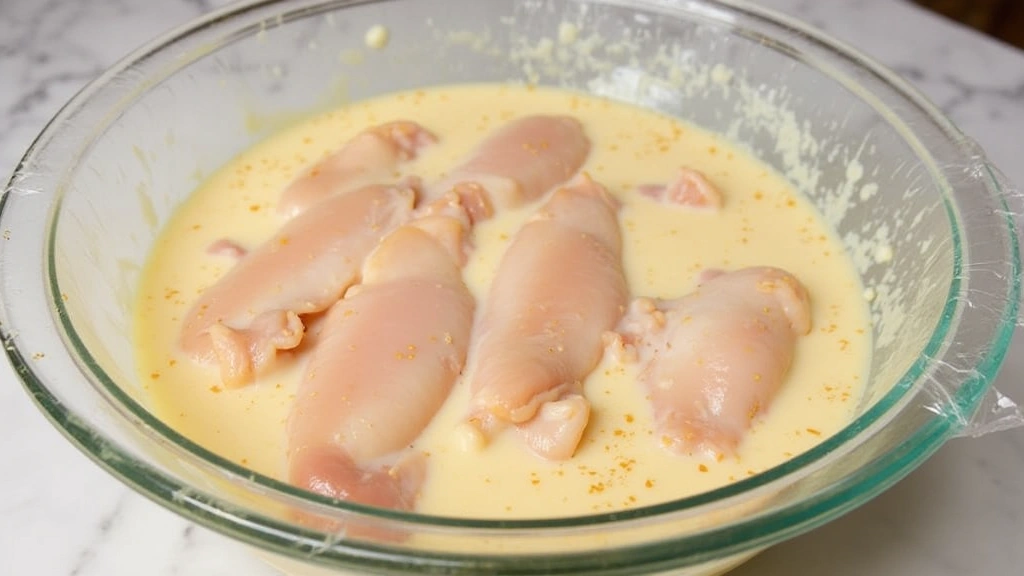
In a large bowl, combine the buttermilk, salt, and chicken tenders.
Stir until the chicken is fully coated in the marinade.
Cover with plastic wrap and refrigerate for at least 30 minutes.
Ensure the chicken is submerged for even marination.
Step 2: Mix the Breading
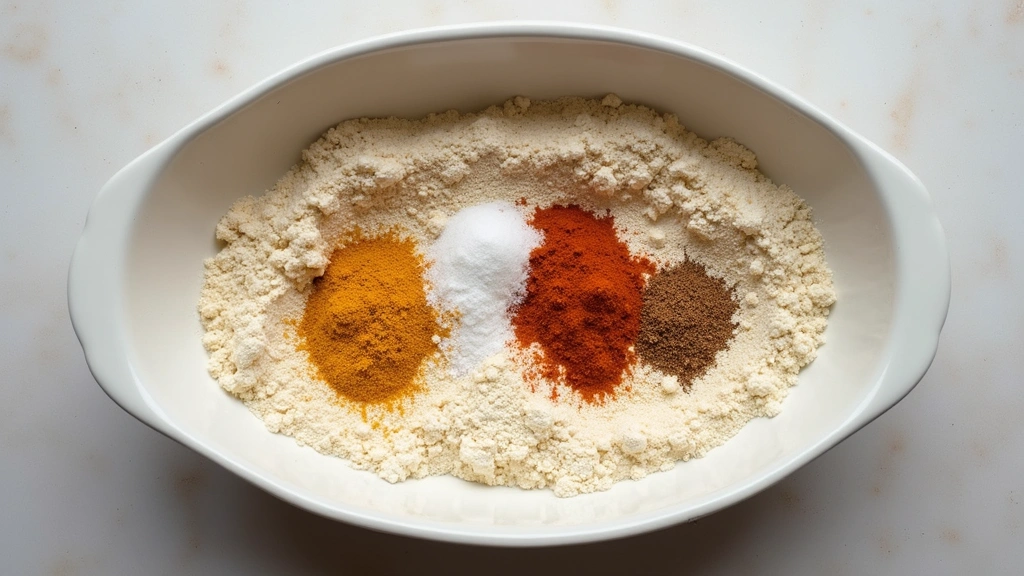
In a shallow dish, combine the flour, paprika, garlic powder, and black pepper.
Mix well until all ingredients are evenly distributed.
Set aside for coating the chicken tenders after marination.
Make sure to break up any clumps in the flour mixture.
Step 3: Dredge the Chicken
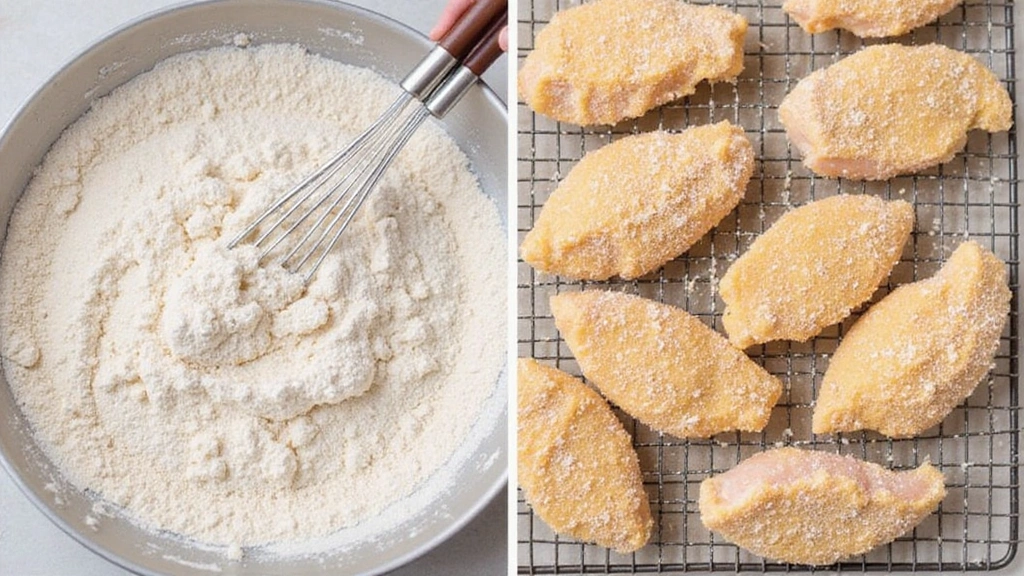
Remove chicken from the marinade, allowing excess to drip off.
Dredge each piece in the seasoned flour, coating thoroughly.
Press down to ensure the breading adheres well.
Place the coated chicken on a wire rack to set before frying.
Step 4: Heat the Oil
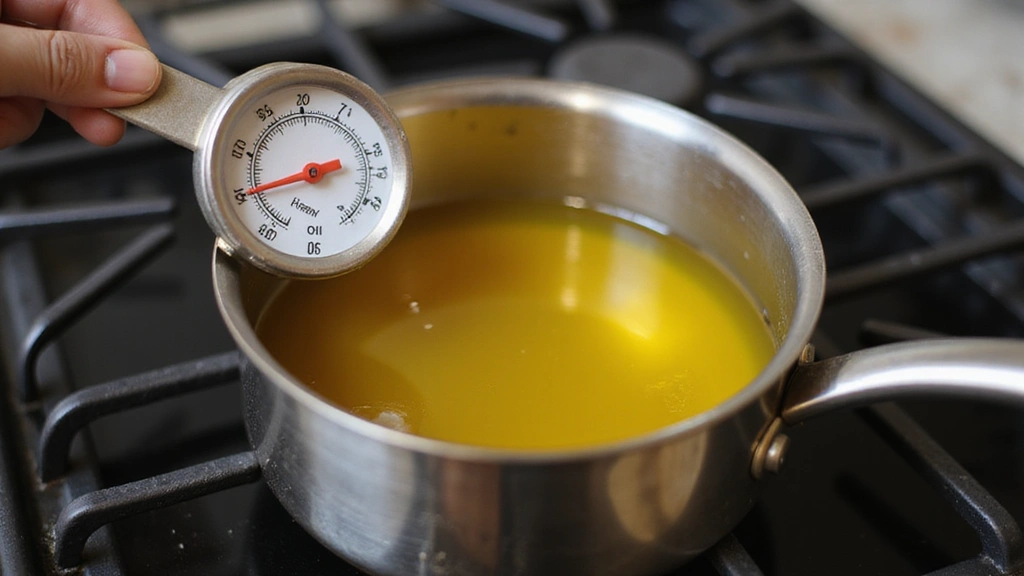
In a deep fryer or heavy-bottomed pot, heat the vegetable oil to 350°F (175°C).
Use a thermometer to check for accurate temperature.
Ensure the oil does not smoke, indicating overheating.
Adjust the heat as needed to maintain the temperature.
Step 5: Fry the Chicken
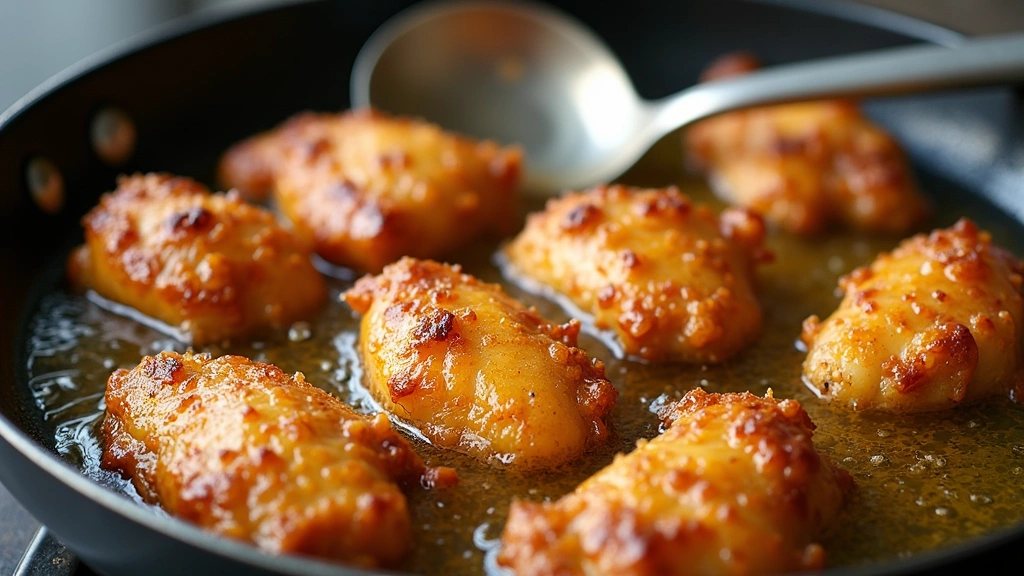
Carefully place chicken tenders into the hot oil without overcrowding.
Fry for 4-5 minutes, turning halfway through.
Look for a golden brown color and crispy texture.
Remove with a slotted spoon and drain on a wire rack.
Step 6: Check Doneness
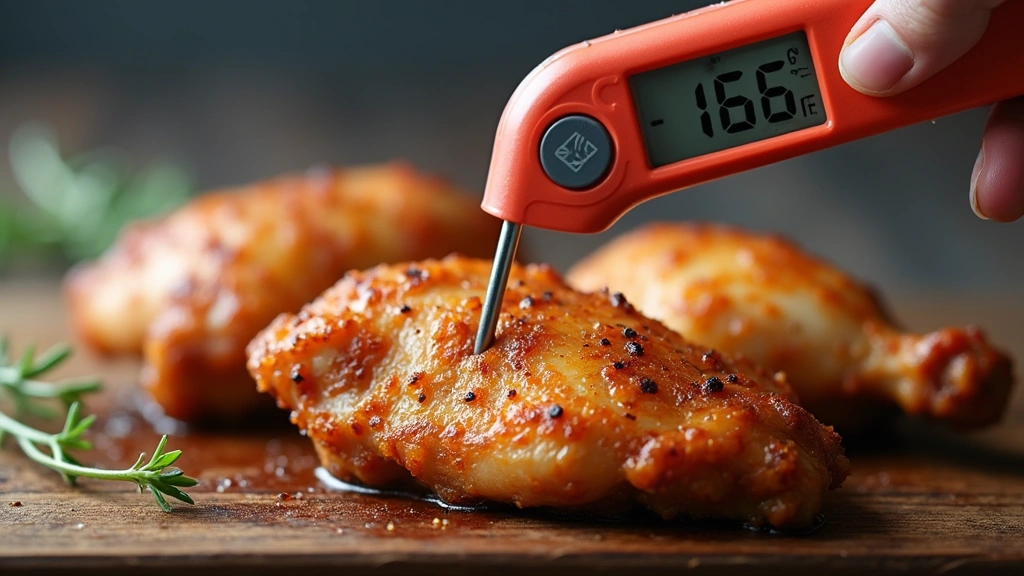
Ensure the internal temperature of the chicken reaches 165°F (74°C).
Use a meat thermometer for accuracy.
The chicken should be white and juicy inside.
Return to oil for a minute if not fully cooked.
Step 7: Serve Hot
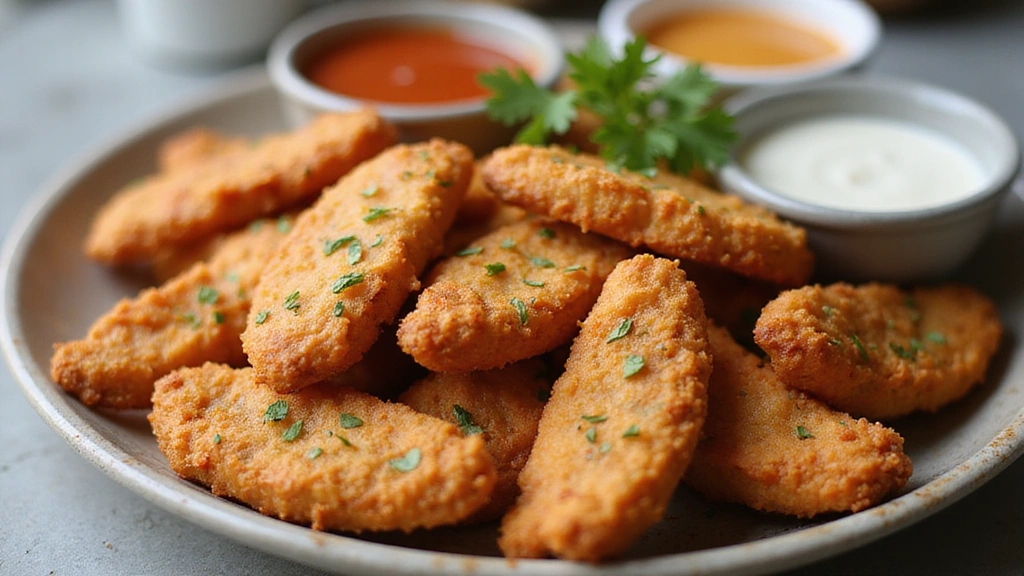
Transfer the cooked chicken fingers to a serving platter.
Garnish with parsley if desired for a fresh look.
Serve immediately with your favorite dipping sauces.
Enjoy the crispy, juicy perfection.
Critical Timing and Temperature Guide
Marinating: Marinate the chicken for at least 30 minutes to tenderize and flavor. Over-marinating can result in overly soft texture.
Frying: Maintain oil temperature at 350°F (175°C) for even cooking. Overcrowding the fryer can lower the temperature, resulting in soggy chicken.
Resting: Allow chicken to rest on a wire rack after frying to drain excess oil. Do not stack, as trapped steam can cause sogginess.
Pro Tips for Copycat Perfection: How
• Ingredient Selection: Use fresh chicken tenders and high-quality buttermilk for the best texture and flavor.
• Preparation Secret: Rest the breaded chicken for a few minutes before frying to let the coating adhere better.
• Temperature Management: Use a thermometer to monitor oil temperature, adjusting heat as needed to maintain 350°F.
• Texture Enhancement: Press the flour firmly onto the chicken to ensure a thicker, crispier crust.
• Flavor Layering: Season the flour generously to ensure each bite is flavorful, not just the surface.
• Make-Ahead Strategies: Bread the chicken and refrigerate for up to 4 hours before frying to save time without losing quality.
• Restaurant-Quality Finishing Touches: Sprinkle a pinch of salt on the chicken immediately after frying for enhanced taste.
• Equipment Optimization: If using a pot, choose a heavy-bottomed one for better heat retention and distribution.
Troubleshooting Common Issues
• Texture Too Dense: Caused by over-marinating. Reduce marinating time and ensure chicken is not left in buttermilk too long.
• Oil Temperature Fluctuations: Use a thermometer to monitor oil heat. Adjust stove settings to maintain steady temperature.
• Uneven Breading: Ensure chicken is patted dry before dredging. Press flour firmly onto the surface for even coating.
• Soggy Chicken: Avoid stacking hot chicken after frying. Use a wire rack for cooling to maintain crispiness.
• Lack of Flavor: Increase seasoning in flour mix. Taste and adjust spices before dredging chicken.
Variations and Regional Differences
• Southern Style: This version incorporates a spicy Cajun seasoning blend in the breading mix, adding heat and complexity.
• Asian Fusion: Incorporate soy sauce and ginger into the marinade for a savory, umami twist on the classic.
• Health-Conscious Version: Bake instead of fry, using a panko breadcrumb coating for a lighter, crisp texture.
• Buffalo Style: Toss cooked chicken fingers in buffalo sauce for a hot and tangy variation popular in sports bars.
Food Science Behind the Recipe
• Protein Denaturation: The buttermilk marinade breaks down protein structures, tenderizing the chicken for a juicy texture.
• Maillard Reaction: This browning process occurs during frying, creating the crispy, flavorful crust on the chicken fingers.
• Heat Transfer: Proper frying involves efficient heat transfer from oil to food, ensuring even cooking and a crisp exterior.
Frequently Asked Questions
What's the most common mistake people make when preparing Raising Cane's Chicken Fingers? Overcrowding the fryer, which causes oil temperature to drop and results in soggy chicken.
Can I use an air fryer instead of deep frying? Yes, an air fryer can be used for a healthier version, though the texture may differ slightly.
How long can I marinate the chicken? Ideally, marinate for 30 minutes to 4 hours. Longer marination can result in overly tenderized chicken.
What dipping sauces pair well with this dish? Traditional options include Cane's signature sauce, honey mustard, and ranch.
Can I freeze the breaded chicken for later use? Yes, freeze after breading and before frying. Thaw in the fridge before cooking.
What's the best way to reheat leftover chicken fingers? Reheat in the oven at 350°F to restore crispiness, avoiding microwave use.
Do I need to use buttermilk, or is there a substitute? Buttermilk is preferred for its tenderizing properties, but a mixture of milk and lemon juice can substitute.
Serving and Presentation Guide
• Traditional Presentation: Serve on a platter lined with parchment paper, with dipping sauces in small ramekins.
• Casual Gathering: Arrange in a basket with a checkered cloth, ideal for picnics or casual get-togethers.
• Family Style: Serve on a large wooden board with a variety of sauces and sides like coleslaw and fries.
• Plated for Two: Serve on individual plates with a side salad and a lemon wedge for garnish.
Conclusion
Recreating Raising Cane's Chicken Fingers at home is a fun and rewarding culinary adventure.
With this recipe, you can enjoy the beloved flavors and textures of the original dish anytime.
Invite friends and family to share in the joy of these homemade chicken fingers.
Your kitchen is now the new go-to spot for this fast-food favorite!

